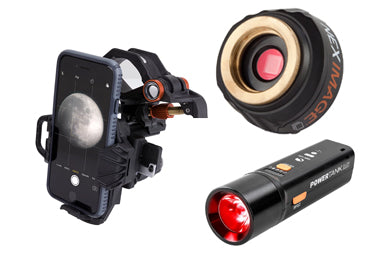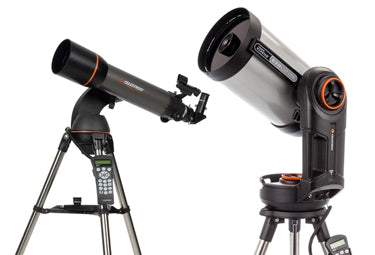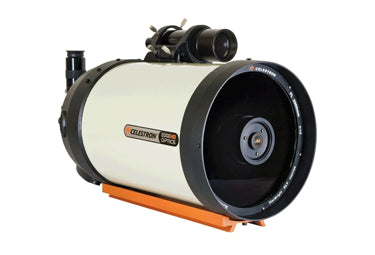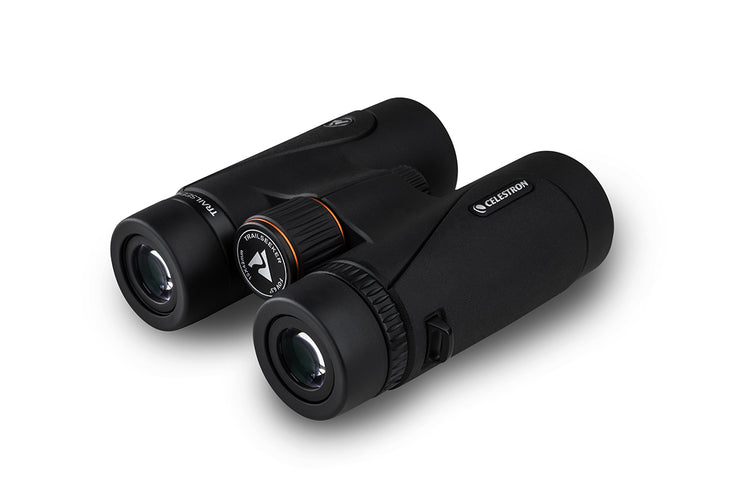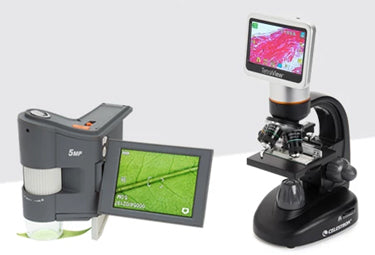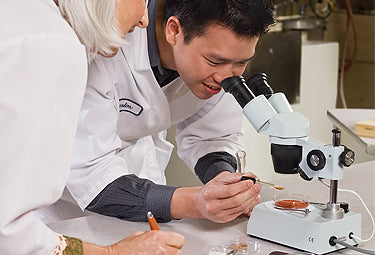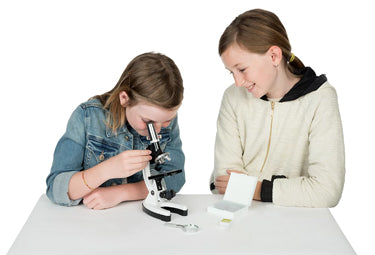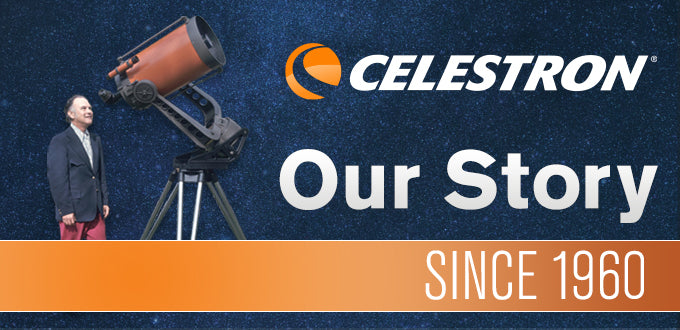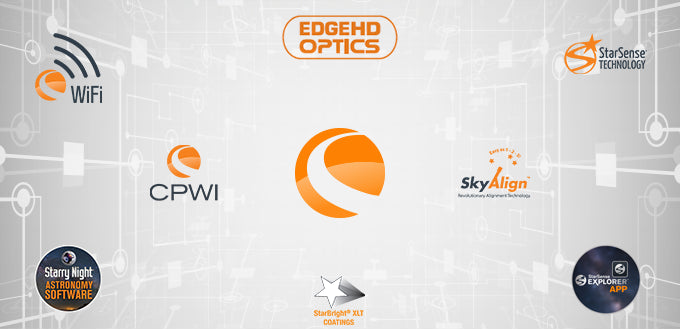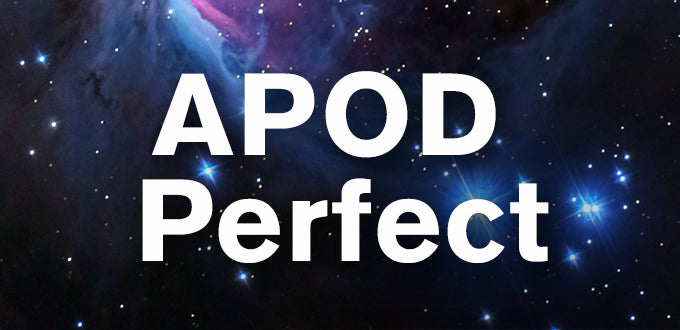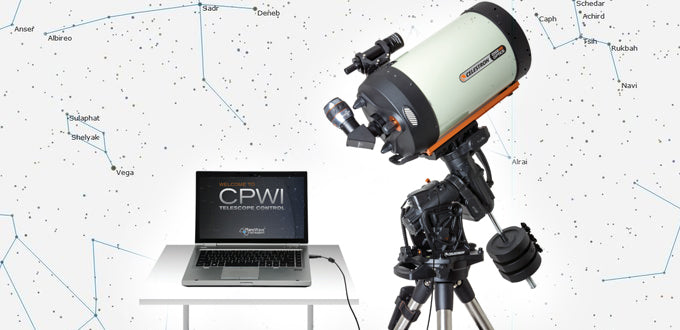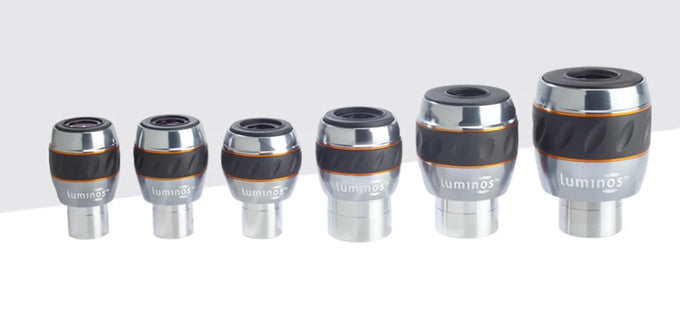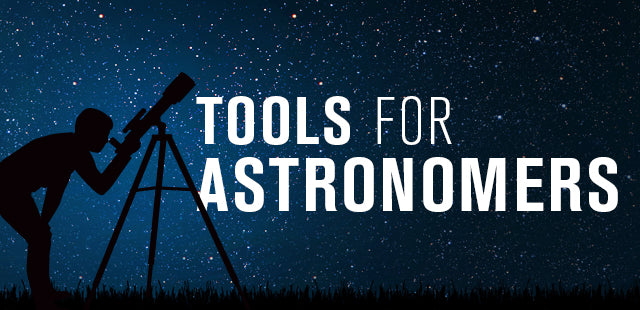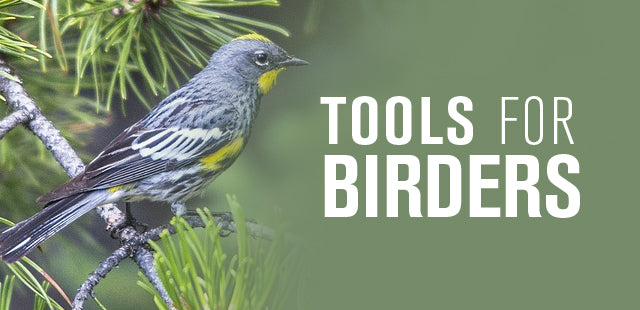Using Your Astro Gear for Birding
September 12, 2023
 Did you know that the hobbies of birdwatching, astronomy, and wildlife viewing are all basically the same thing? We astronomers and birdwatchers both harvest photons using lenses and mirrors to study and appreciate their sources!
Did you know that the hobbies of birdwatching, astronomy, and wildlife viewing are all basically the same thing? We astronomers and birdwatchers both harvest photons using lenses and mirrors to study and appreciate their sources!
Celestron is not only THE source for astronomical equipment but also a world leader in the sport optics for birdwatching and wildlife viewing. As a world-renowned Solar Astronomer, I see photons leaving the Sun or interacting with any boundary on our Sunlit Earth as the same thing. Birdwatching is a natural extension of astronomy. Most of the equipment we use in one, we can use in the other.
Photons are everywhere in our Universe and interact with everything to provide breathtaking views and hard science. The light created by nuclear fusion in our Sun's core is the same light that reflects, diffracts, refracts, and is absorbed by the feathers of a hummingbird or any other object in nature.
When I’m not providing solar astronomy outreach, I lead birdwatching tours around my state with Georgia Audubon in cooperation with the nonprofit I founded in 2017, Sunlit Earth! (sunlitearth.org). I always bring solar viewing glasses, a spectrograph, and sometimes even a small H-alpha telescope on a Celestron mount to show where the light comes from and how it produces beautiful colors on plants and animals. People are usually fascinated by the subject once someone shows it to them in nature and links all these different aspects of light together.
You, too, can add birdwatching or wildlife to your Celestron astronomy experience—in most cases, using the same equipment you are using now. Let's say you own a Celestron Inspire 100mm refractor or similar Celestron scope. Simply pointing it at a bird or a tree limb in the distance will give you some of the sharpest images of birds and other animals. Of course, astronomical telescopes usually show the image vertically inverted, so adding a Celestron 45-degree Erect Image Diagonal like the one below will correct that and give you a view that rivals any bird spotting scope out there! You already have the equipment to be a bird nerd. Go use it!
If you have a large guided Celestron reflector like the C9.25 or even a C14, you can get unbelievably sharp views of any bird within a mile. Locate the bird and move the scope to point at it. Then, if you pause the guiding on your mount, you can digiscope or watch the bird as long as it stays there! You can even stack and process these images like you would for a planet or galaxy! It's great fun and opens your mind to an even deeper experience viewing our Universe with Celestron products. I captured the image of a hornet's nest below with a Celestron C11 and a DSLR.
If you already use a Celestron binocular or spotting scope, you can turn these into astronomical imaging scopes and viewers just as easily. The Nature DX binoculars work great to see the Milky Way or meteor showers, and the Celestron Ultima and other spotting scopes are all ready to be used to spot planets and the Andromeda Galaxy. Adding the Celestron smartphone adapter will allow you to image like a pro. Just point them up at the night sky!
About the Author
Stephen W. Ramsden is a Team Celestron member and the Founder and Director of the Charlie Bates Solar Astronomy Project/Sunlit Earth! nonprofits—the largest solar astronomy nonprofit organization in the world. Stephen and his affiliates teach hands-on Solar Astronomy and Sunlight in Nature to millions of people yearly in 27 countries. See CBSAP on Facebook or at charliebates.org

